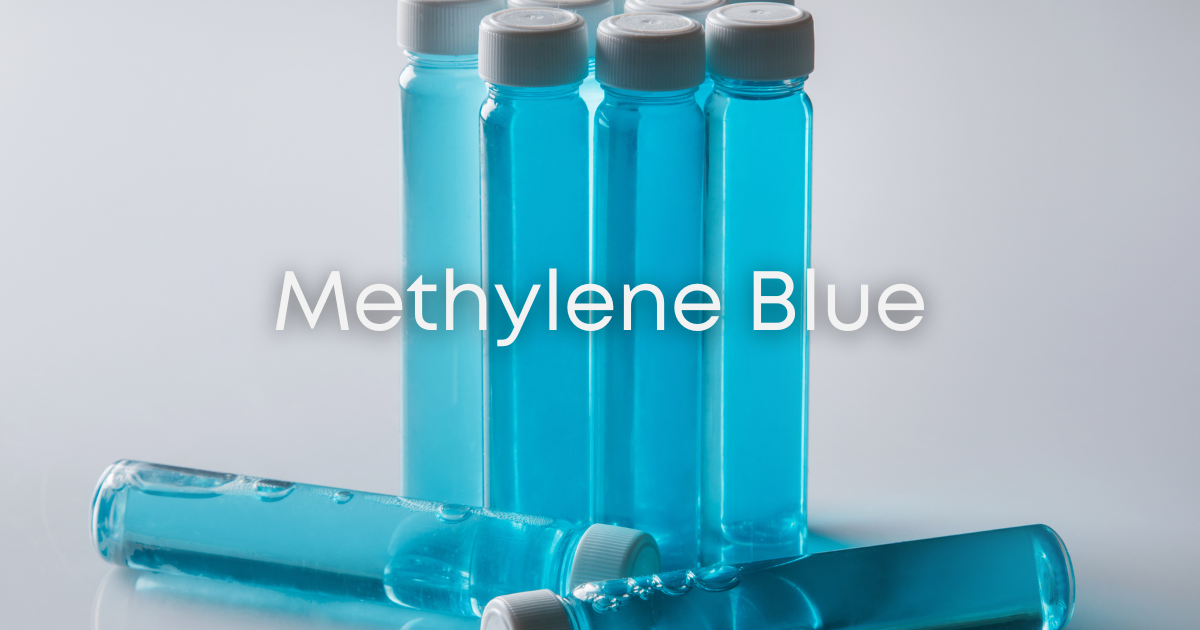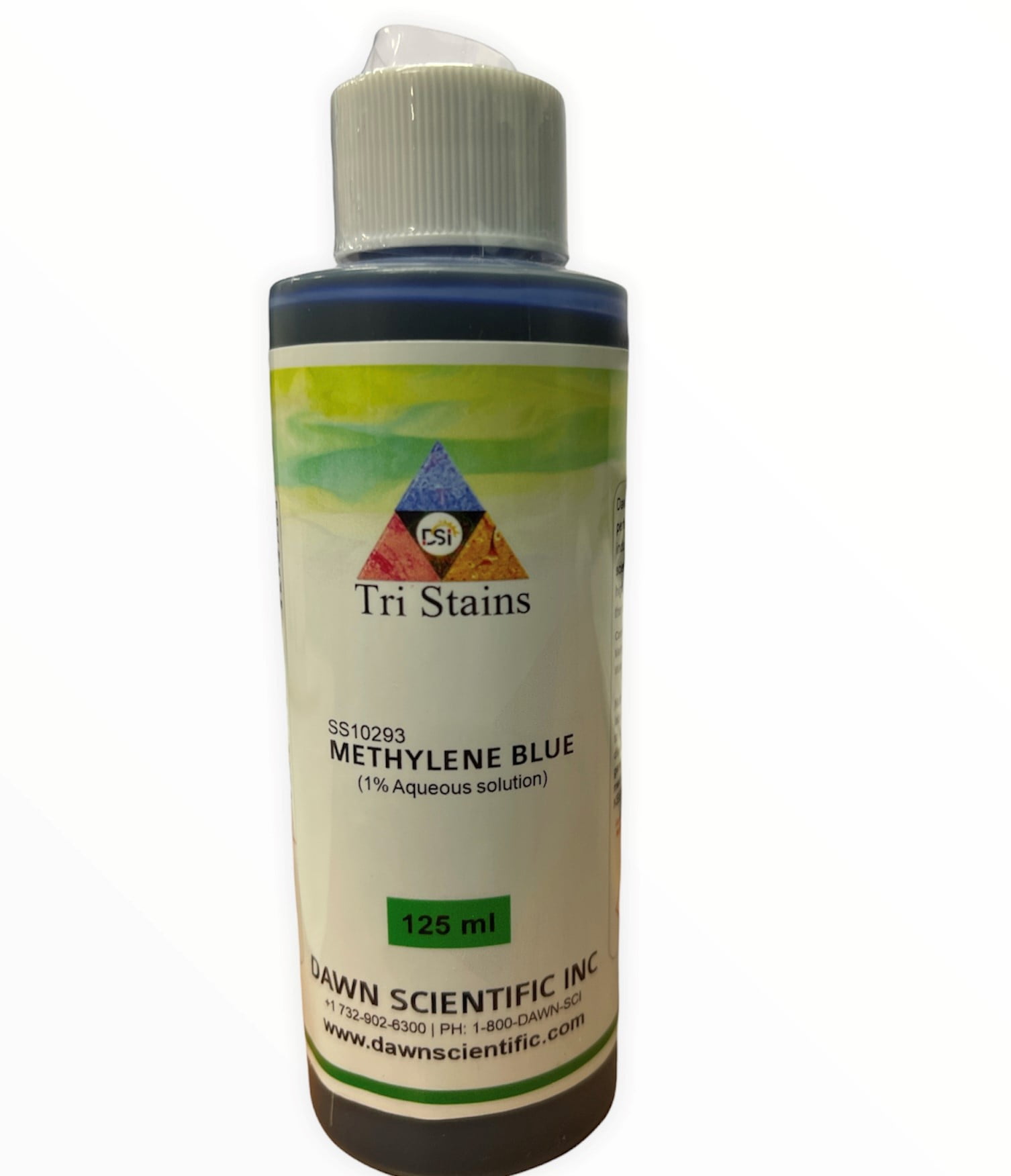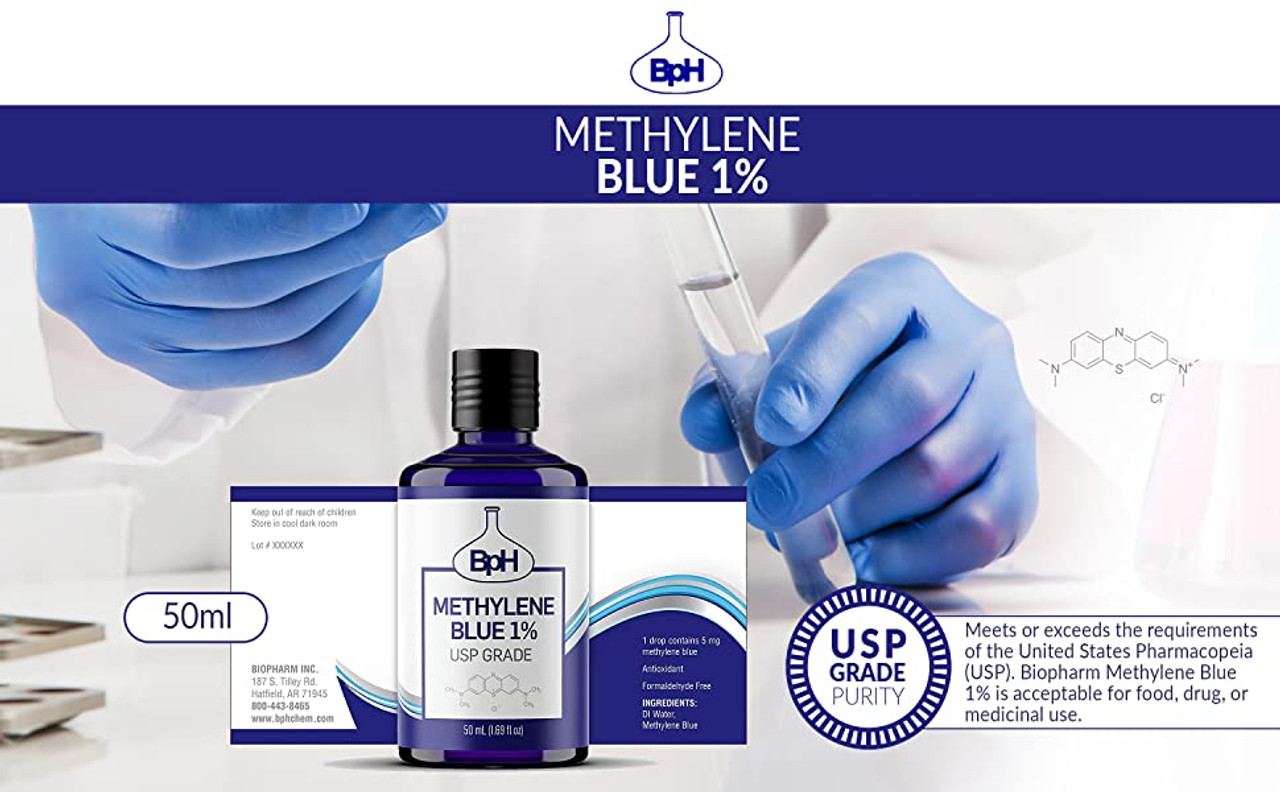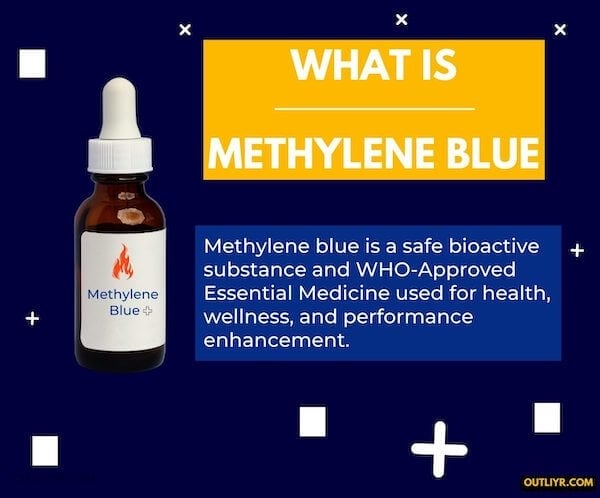Where Do You Get Methylene Blue
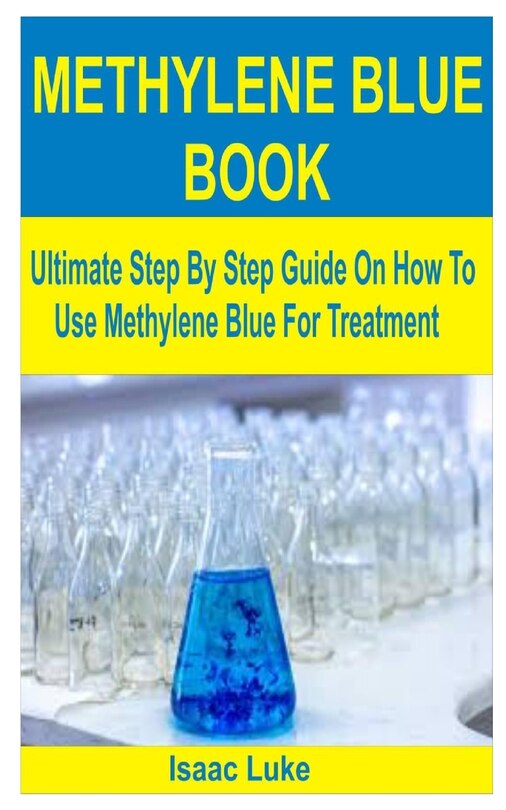
Immediate action is needed. The availability of methylene blue, a critical compound with diverse applications, is facing increasing scrutiny, raising concerns about accessibility for both medical and research purposes.
This article addresses the immediate question of where to acquire methylene blue, outlining reputable sources and potential pitfalls in a market increasingly complicated by varying regulations and quality control standards.
Pharmaceutical Suppliers
Reputable pharmaceutical suppliers remain a primary source. Companies like Sigma-Aldrich, Thermo Fisher Scientific, and VWR International offer methylene blue in various grades, including USP (United States Pharmacopeia) grade for medical applications.
These suppliers typically require appropriate credentials and are geared towards supplying research institutions, hospitals, and pharmacies. It is important to verify their certifications and adhere to their specific purchasing protocols.
Contacting these suppliers directly through their websites or customer service lines is the best approach. Requesting a Certificate of Analysis (CoA) is crucial to confirm the purity and quality of the methylene blue before purchasing.
Compounding Pharmacies
Compounding pharmacies can prepare custom formulations of methylene blue. This is especially relevant when a specific concentration or dosage form is required that is not readily available commercially.
Ensure the compounding pharmacy is licensed and adheres to strict quality control standards. The Pharmacy Compounding Accreditation Board (PCAB) accreditation is a key indicator of quality.
Consult with a healthcare professional to obtain a prescription or recommendation for methylene blue compounded by a reputable pharmacy. The International Academy of Compounding Pharmacists (IACP) provides resources for finding qualified compounding pharmacies.
Chemical Supply Companies
General chemical supply companies also offer methylene blue. However, it's crucial to exercise caution. Ensure the product is suitable for its intended use, especially if it's for medical or research purposes.
Read product descriptions carefully and verify the grade and purity. Technical grade methylene blue may not be appropriate for all applications.
Companies like Amazon and eBay sell methylene blue. Rigorous vetting is essential before purchasing from these online platforms.
Online Retailers: A Word of Caution
Purchasing methylene blue from online retailers carries significant risks. Counterfeit or adulterated products are prevalent, posing potential health hazards.
Exercise extreme caution when sourcing from unregulated online marketplaces. Third-party sellers often lack the necessary oversight and quality control measures.
Always verify the seller's reputation, read reviews carefully, and be wary of unusually low prices. Independently test the product if possible.
Veterinary Supply Companies
Methylene blue is used in veterinary medicine. Therefore, veterinary supply companies are potential sources.
Ensure the product is appropriate for its intended use and that you have the necessary qualifications to purchase it, especially if you are not a licensed veterinarian.
Check for veterinary-specific formulations and dosages. Companies like Henry Schein Animal Health and MWI Animal Health are established veterinary suppliers.
Understanding Regulations and Restrictions
The legal status and regulations surrounding methylene blue can vary significantly by region and country. Some jurisdictions may require a prescription or restrict its use to specific applications.
Familiarize yourself with local regulations before attempting to purchase or use methylene blue. Consult with legal and regulatory experts if necessary.
Importing methylene blue may be subject to customs regulations and require specific documentation.
Quality Control and Testing
Regardless of the source, quality control is paramount. Request a Certificate of Analysis (CoA) to verify the product's purity, identity, and concentration.
Consider independent laboratory testing to confirm the CoA results, especially when purchasing from less established suppliers. Third-party testing ensures unbiased verification.
Be wary of products with incomplete or missing CoA information. This is a red flag indicating potential quality issues.
Next Steps and Ongoing Developments
The evolving regulatory landscape necessitates continuous monitoring. Stay informed about changes in methylene blue availability and regulations.
Report any suspected counterfeit or adulterated products to the appropriate authorities. Vigilance is crucial to safeguarding public health.
Continued research into methylene blue's applications will likely impact future regulations and availability. Follow updates from reputable scientific and regulatory bodies such as the FDA and WHO.
